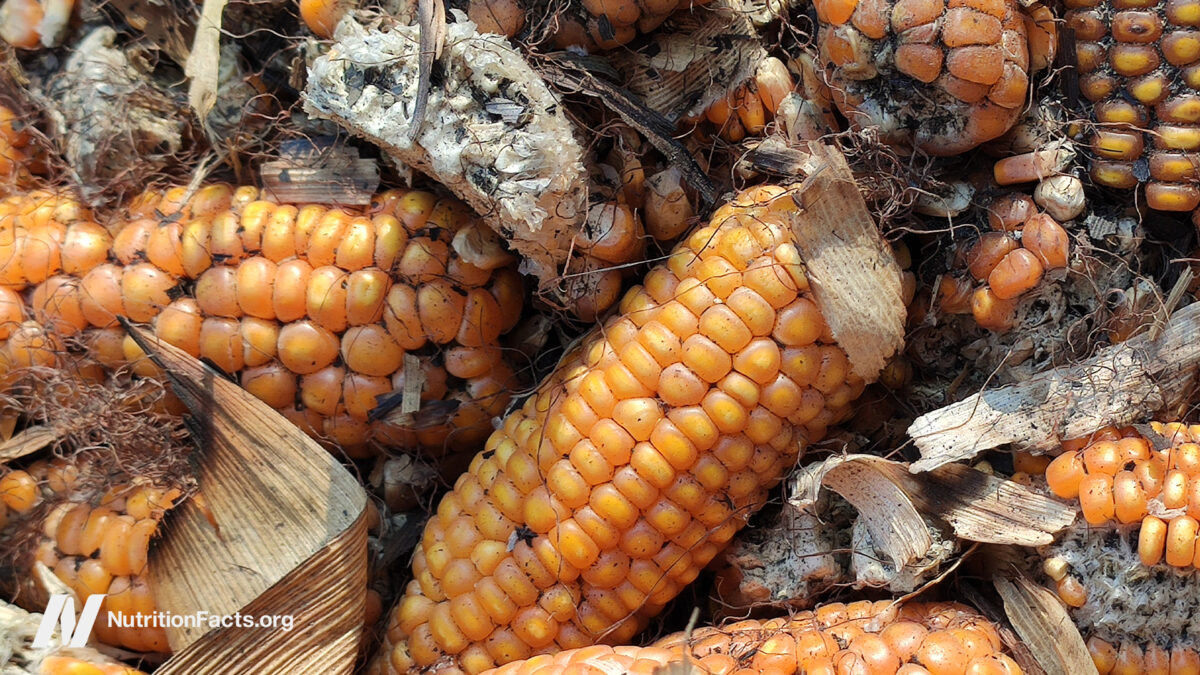Why the Tips of Your Plant’s Leaves Turned Brown, and How to Fix It
If your plant looks like it has seen better days, don't despair.

If your plant looks like it has seen better days, don't despair.

Credit: Ellyy - Shutterstock
It sucks finding brown leaf-tips on your little plant babies: You know it’s your fault, but you’re not sure what you’ve done wrong, and it’s not like your plant can tell you.
It will take some botanical detective work to get to the root of the matter and find out why your plant looks like it has seen better days, but once you do, it’s often an easy-to-solve problem. Here are some potential problems (and their solutions).
You're watering it too much (or too little)
Brown leaf-tips can indicate you aren't watering your plant enough, or you're watering it too much, or you're not watering it at the right time. Study up, and get to know your plant’s needs. There’s no one-size-fits all approach—some plants like it extra dry, some extra wet—but for most plants, it's somewhere in the middle. You can tell whether a plant needs water by checking the soil. Bone dry soil means add water. Damp soil means you’re good.
But too much water is bad too: Brown leaves and leaf-tips can also be caused by overwatering. You can quickly diagnose whether you’re giving your plant too much or too little water by noting the overall condition of its leaves. Overwatered plants tend to have limp leaves, while under-watered ones feel dry or crispy.
Even if you’re watering just the right amount, brown-tipped leaves can be caused by the kind of water you’re using. If you’re using softened water, add a little salt every time you break out the watering can, or try switching to distilled or filtered water.
It's too dry in your house
Dried-out tips on your houseplant’s leaves can also be caused by too little humidity in your home. Maybe the air in your house is dry due to how you’re heating it, or the area where you live may be experiencing a dry spell. Either way, you gotta add a little moisture to your plant’s environment. One way to do this is to group it together with other plants, so as one plant is “exhaling” moisture, the others are taking it in. Another solution is to put your plant on a tray, plate, or saucer filled with pebbles and some water. As the water evaporates, it will provide a little localized moisture pocket for your plant to thrive in.
You're using the fertilizer wrong
If your plants’ leaf-tips look burned, dark green, or reddish purple, they might not be getting enough phosphorus. Yellow or brown along the edges of older leaves, yellowing between veins, spotting, and curling leaves can all indicate a potassium deficiency. Either means you have a fertilizer problem. Adding a slow-release fertilizer when you’re potting is a good solution, but you might need to add a little fertilizer boost occasionally.
Before you just throw in a bunch of fertilizer and hope for the best, know that brown, burned, or discolored leaf-tips can also be caused by too much fertilizer (make up your mind, plant!). Some kinds of fertilizers add salt that builds up in the soil over time, resulting in tip-burn. If you notice a white crust on the soil, saucers, or on the side of your pot, it could be salt build-up. Flush the soil by putting the pot in the sink and watering it until the soil is fully soaked and the water runs through (repeat this a few times). Or you could hit the reset button and repot with fresh soil, which you should be doing every 12 to 18 months for most plants anyway.
It's OK to cut off the brown leaves
Once you’ve diagnosed the cause of your plant’s discolored leaves, it’s time to put this unpleasantness behind you and cut away the brown parts. Using sharp scissors, cut along the leaf’s natural shape, leaving a thin brown area around the cut. Once the new healthy leaves grow, it should look as if it was never brown to begin with.
Or just grow something else
If you simply can’t fix your plants’ leaf problems, maybe your reach has exceeded your grasp with this species, and you should grow something easier. Consider one of these unkillable plants as you level-up your home-gardening kills.

Stephen Johnson
Staff Writer
Stephen Johnson is a Staff Writer for Lifehacker where he covers pop culture, including two weekly columns “The Out of Touch Adults’ Guide to Kid Culture” and “What People are Getting Wrong this Week.” He graduated from Emerson College with a BFA in Writing, Literature, and Publishing.
Previously, Stephen was Managing Editor at NBC/Universal’s G4TV. While at G4, he won a Telly Award for writing and was nominated for a Webby award. Stephen has also written for Blumhouse, FearNET, Performing Songwriter magazine, NewEgg, AVN, GameFly, Art Connoisseur International magazine, Fender Musical Instruments, Hustler Magazine, and other outlets. His work has aired on Comedy Central and screened at the Sundance International Film Festival, Palm Springs International Film Festival, and Chicago Horror Film Festival. He lives in Los Angeles, CA.

 UsenB
UsenB 
































